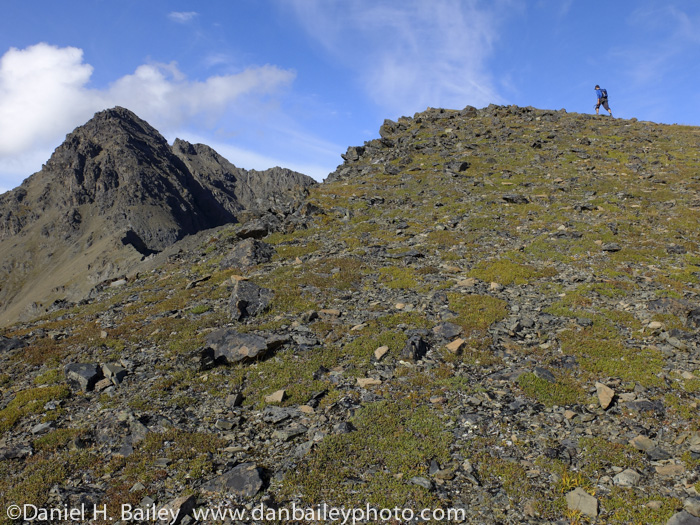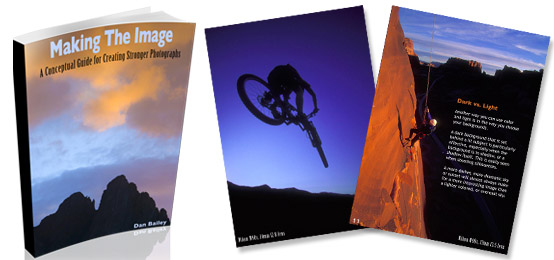Photographs that carry the strongest visual impact not only captivate your audience upon first glance, they stick in your viewer’s mind and are remembered long afterwards. They accomplish this by being simple. They don’t distract or overwhelm the viewer with lots of information and they don’t try to say too much. You’ve probably heard the term “Less is More.” In photography, consider this the golden rule.
If you see the viewfinder as your canvas, then you have final say about what goes into it. More importantly, you also get final say about what gets left out. Each and every element that gets included in your shot should there because it helps set the mood and tell the story, not because it just happens to lying there in the scene.
When you compose your photo, include only the vitally important subject matter, whether it’s a specific feature in the landscape, a person or the color of the light that’s falling on the subject. Remove any distracting or unnecessary element in the frame by zooming in, waiting for the optimum moment or by simply changing your vantage point.
Aim for an image in which all the elements in the frame are related in some way, whether they compliment or contrast each other. Narrow down your scene into one main subject and then play it off of one or two relating elements. This applies no matter if you’re shooting landscapes, portraits, travel , adventure or photos of your kid at the soccer game.
If you’re having trouble composing your shot, then ask yourself this simple question:
“What’s the picture about?”
Without knowing the answer to this question, you run the risk of making boring, cluttered, pictures where nothing prominent stands out to greet the viewer. You run the risk of losing your audience, who will remember very little about your photo as soon as it passes their eye.
“What’s the picture about?” tells the story, and creates the narrative on which the foundation of the image is built. It gives meaning to everything that lies within the borders of the photo and it defines the relationships between all of the different subject elements that make up your shot.
“What’s the picture about?” ensures that your photograph has a skeleton, legs to stand on, room to breathe and enough muscle mass that it can throw its weight around with agility. You want your imagery to quick and nimble, not unsightly and obtrusive.
You should know the answer to this all important question before you press the shutter, because if you don’t know what the picture is about, then your viewer won’t know either, and that’s a very bad thing.
Further reading: For more tips and insight on how to compose powerful photographs, check out my eBook, Making The Image- A Conceptual Guide for Creating Stronger Photographs. It explores how the human visual system responds to the world, and breaks down imagery into individual concepts, such as light, color, balance and viewpoint.





Good tips, Dan. It’s an art I need to practise myself. I have a terrible habit of taking a photo without knowing what it is about, and resorting to cropping afterwards to improve it.